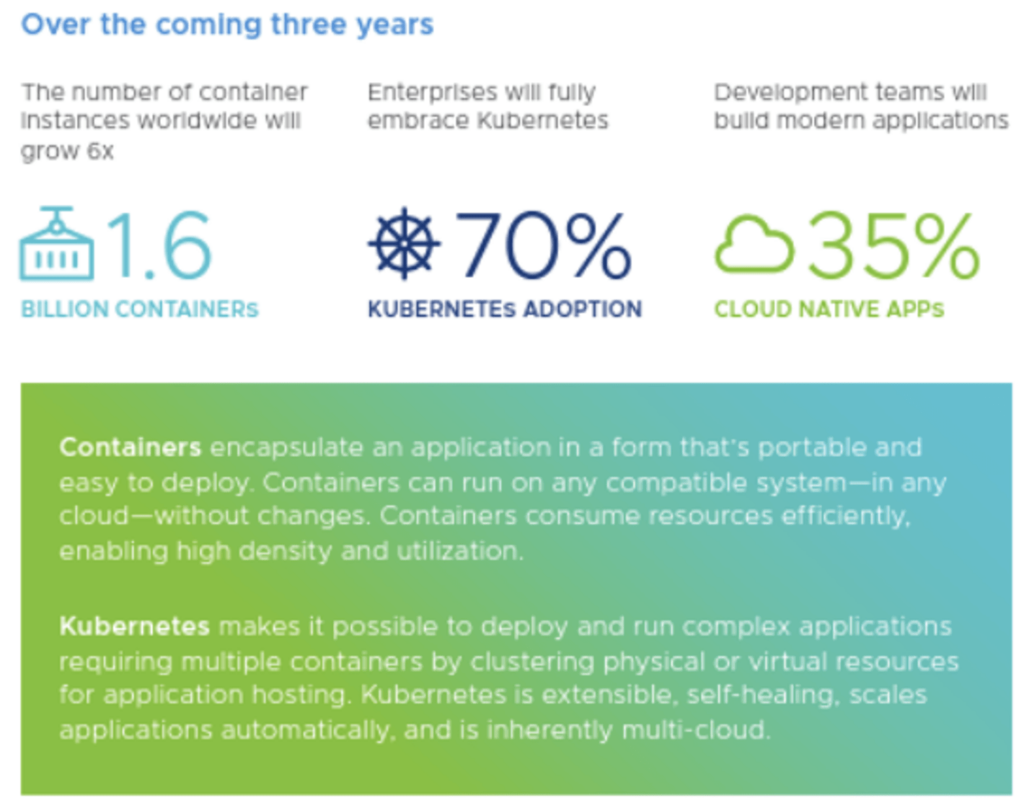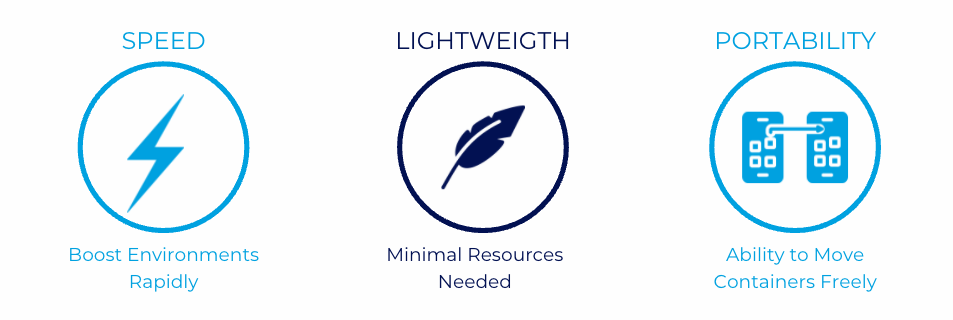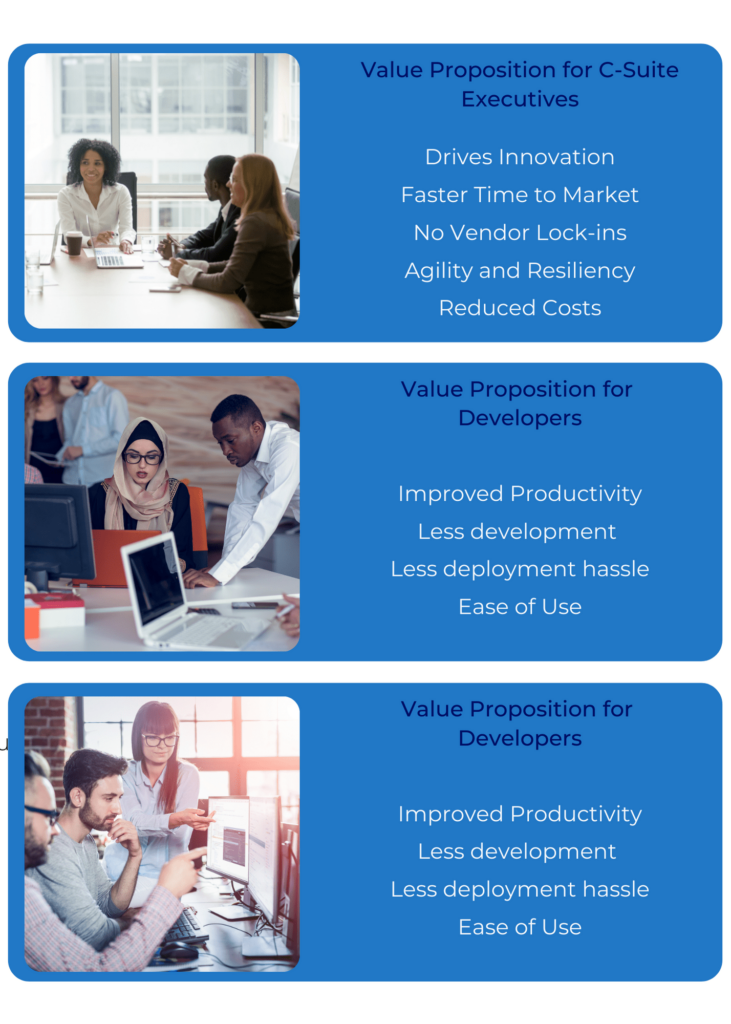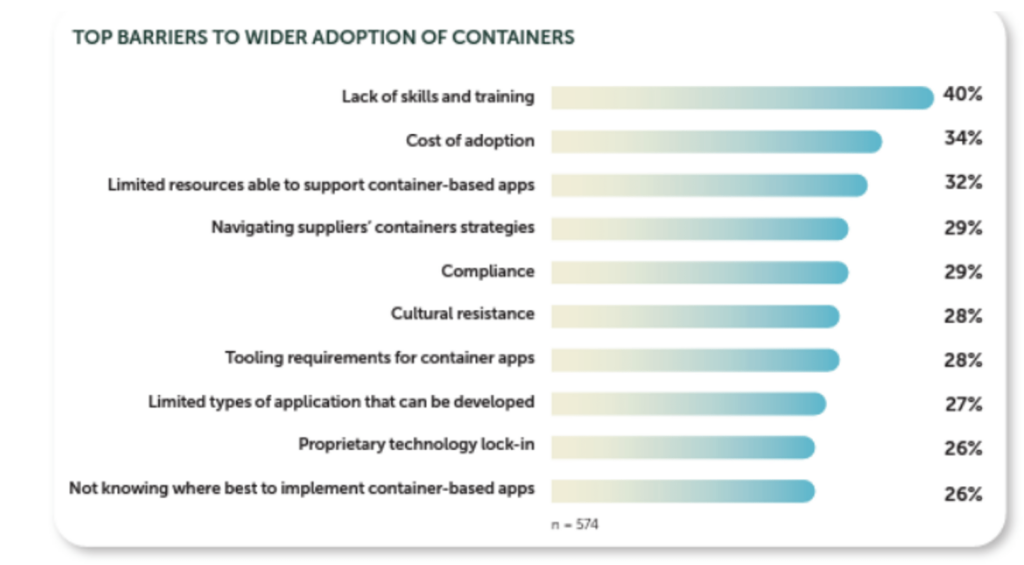How do Kubernetes and Containers Help Your Enterprise?
In today’s world success of any organisation heavily depends on its ability to drive innovation and deliver those at speed. And IT being an enabler for this rapid delivery model, businesses are looking at Kubernetes and containers adoption as an essential piece of technology for building, deploying, and managing their modern applications at scale.
Containers provide an abstraction to the underlying applications and drive towards portability, making it possible to run anywhere, across multiple clouds and on-premises data centres.
Furthermore, by providing uniform deployment, management, scaling, and availability services for all the applications, irrespective of its technology—Kubernetes offers significant advantages for your IT and development efforts.
Kubernetes offers a range of benefits to the various levels of executives and developers; here we will discuss some of those key advantages.
Ultimate Need of Containers and Kubernetes:
Keeping up with the latest technology trends and organisational goals towards digitalisation is very tough for the IT teams for the last few years.
Conventional software models, traditional VM based IT infrastructure will not be able to help in delivering these modern applications at scale. To deliver these new-age applications, one should adopt the new software practices such as agile and DevOps practices alone with cloud-native architecture.
Containers and Kubernetes are the 2 key building blocks in the cloud-native architecture, which the organisations widely use to deliver faster, reliable, and efficient software with a significant cost reduction in the application life cycle.

Key Advantages:

Light Weight:
Containers are very lightweight when compared with traditional virtual machines. A Container includes everything it needs to run, including its operation system, dependencies, libraries, and code. Multiple containers can run inside a single node of a cluster; the VM hosts the OS and container runtime, and the team can still take advantage of all the capabilities of traditional infrastructure virtualisation.
Speed:
Due to its lightweight nature, we can create a container image and deploy a container in a matter of seconds. Once the image is ready, it can quickly replicate containers and easily and quickly deploy as needed. Destroying a container is also a matter of seconds. This also helps with quicker development cycles and operational tasks.
Portability:
Containers can run anywhere if the container engine supports the underlying operating system—it is possible to run containers on Linux, Windows, MacOS, and many other operating systems. Containers can run in virtual machines, on bare metal servers, locally on a developer’s laptop and all major public clouds. They can easily be moved between on-premises machines and public cloud, and across all these environments, continue to work consistently.
As per RedHat’s market dynamics report, please see how organisations benefit from containers and Kubernetes adoption.

Kubernetes for ‘everyone’
Kubernetes is well known for supporting the automation of configuring, deploying, and scaling microservice-based applications that are implemented using containers. Also, microservices-based applications orchestrated by Kubernetes are highly automated in their deployment and management, as well as their maintenance, so that it’s possible to create applications that are highly responsive and adaptive to spikes in network traffic and needs for other resources.
It offers significant advantages to all IT executives and developers as below.

Biggest Barriers for Kubernetes Adoption:

Cost Of Adoption:
One of the biggest obstacles to wider Kubernetes (K8s) adoption is deriving the cost of adoption and running the workloads in the Kubernetes clusters. Cost is the key factor for executives to make decisions to leverage the Kubernetes in their enterprise.
In a recent FinOps Foundation survey , — 75% of whom reported having Kubernetes in production — highlights Kubernetes cost management difficulties. It revealed that spending on Kubernetes is spiking beyond what deployments should likely require. The survey’s subtitle isn’t exactly subtle: “Insufficient — or non-existent — Kubernetes cost monitoring is causing overspend.”
Lack of Skills and Training:
Another barrier for adoption is the lack of skilled and experienced personnel on containerisation and orchestration. As a result, although Kubernetes and container adoption is growing rapidly, many organisations still face a steep learning curve to effectively build, deploy, and manage Kubernetes. This is due to both the technology’s immaturity and a lack of operational excellence with it.
Organisations are trying various approaches like paired programming, partners, education, and training to overcome this barrier.
Visibility and monitoring:
Enterprises are deploying Kubernetes clusters spanning across multiple public clouds and /or in their traditional virtualisation data centres or managed services introduce an increasing amount of complexity.
To realise the greatest benefits from, organisations need to be able to visualise their entire Kubernetes footprint, including all its workloads (applications, containers, pods, nodes, namespaces, etc.), their dependencies, how they interact with each other in terms of network bandwidths, response times, and memory utilisations for cluster management and optimisation.
Security and Compliance:

While enterprises give priority to speed in software delivery, security and compliance sometimes are just an afterthought. Security is a major challenge in the container world, just as it has almost everywhere else in IT. Although many changes and innovations so far, security is still not on par with the traditional structure models.
Due to the unique nature of Kubernetes and containerized environments, one misconfiguration can be easily multi-folded to many containers. A security breach of a container is almost identical to an operating system-level breach of a virtual machine in terms of potential application and system vulnerability.
How to overcome these challenges:
Many organizations want to adopt and leverage the benefits of containers but struggle to justify the total time, resources, and cost needed to develop and manage it internally. One approach is to use VMware Tanzu to organize their Kubernetes clusters across all their environments, set policies governing access and usage permissions, and enable their teams to deploy Kubernetes clusters in a self-service manner.
This enables infrastructure and operations teams to gain visibility and command of their Kubernetes footprint while still empowering developers to use those resources with a focus on delivering solutions rather than worrying about infrastructure.
Bottom Line:
Evidently, Kubernetes adoption helps drive innovation and rapid software development with reliability and efficiency. With an increasing ability to automate, audit, observe and debug complex applications can be an added advantage. Cloud-native tools provide more insight into what is happening within an application, making it easier to identify and fix problems, optimize digital services, and improve response times. Kubernetes adoption will be an intelligent investment in achieving your companies long term goal.
The key takeaway from Kubernetes and containers is that companies can focus on their differentiation with their competitors and not waste time on commonplace tasks.
If you need assistance with your Containers/Kubernetes adoption, please contact us at our kubernetes consulting services page.
